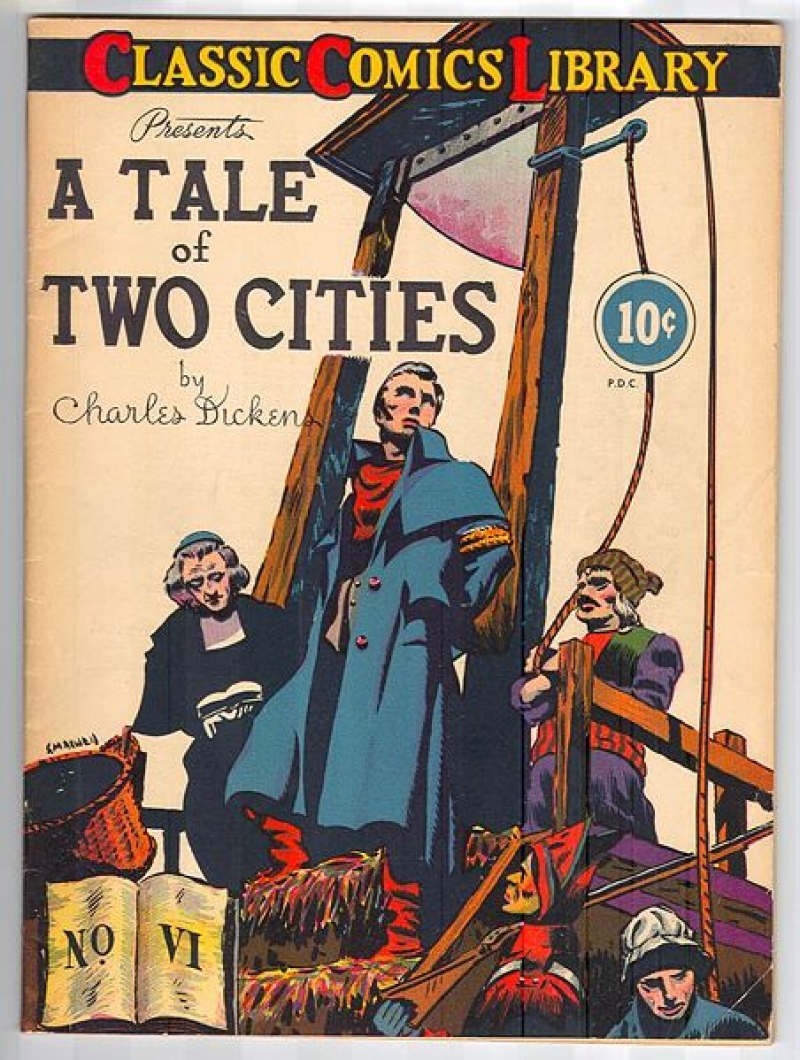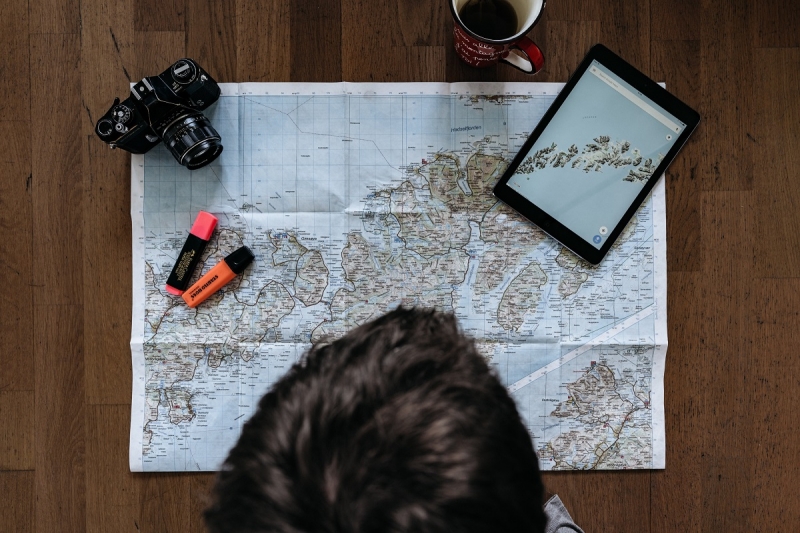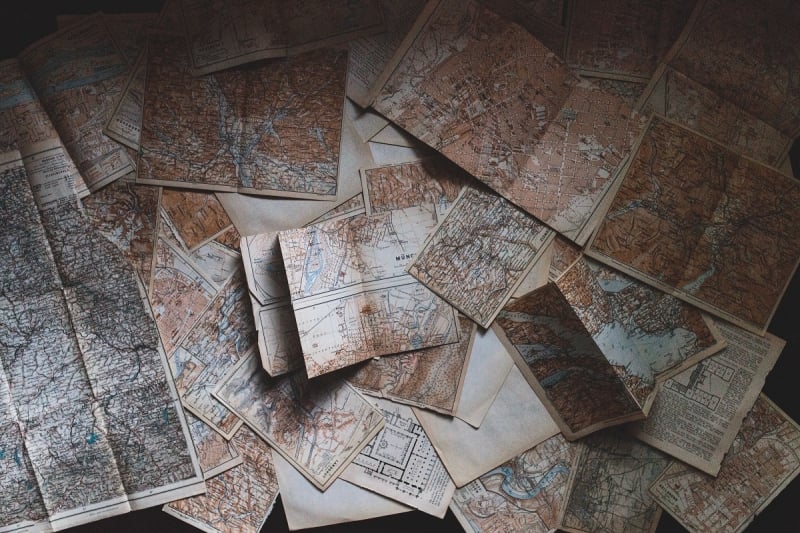“It was the worst of times, it was the best of times” — a line from Charles Dickens’ novel A Tale of Two Cities, which oddly and aptly enough, reminds me of travel.
No, travelling doesn’t bring to mind 18th-century England, although the book does spotlight London and Paris, both travel bucket list staples. It just plainly puts how travel may give “the best of times” and yes, the worst of experiences. There are many things that can make or break your trip: the people you’re with, your budget, the destination itself, and even the weather.
But there’s one thing that can seal your fate while out and about, all because what you see, taste, hear, smell, and feel depends on it — your itinerary or the lack thereof.

Image credit: Chordboard
Continue the same line from A Tale of Two Cities and you’ll realise it still relates to your travel adventures as you read on: “…it was the age of wisdom, it was the age of foolishness”. As far as travel planning goes, some people think it’s foolish not to have an itinerary. Others, on the other hand, think it takes a certain kind of wisdom and courage to just wing it and see where your feet take you.
Now, this article isn’t an end to all debates because whether or not you choose to create an itinerary for your next trip is totally up to you. But let’s take this time to mull things over and weigh the pros and cons of having an itinerary…or something that resembles it…or even maybe no itinerary at all.
A detailed itinerary complete with time slots
I have a dear friend who has DIY travel itineraries down to a T, so much so that we constantly tell her she should run her own travel agency. And when I mean she has it down pat, I mean everything you expect to see in a professionally crafted itinerary is there — from the duration of the visit to road travel time to fees and food options. She even sent us emails every time there were changes or updates and started sending those emails months before our date of departure. She’s the type of traveller who makes Excel sheets for packing her suitcases. I even suspect she plans out her outfits in advance because she always looks snapshot-ready, with matching hats to boot. You get the picture.

Having travelled with her, I realised a detailed itinerary definitely has a lot of pros. Here they are together with some cons for comparison.
Pros
1. You’ll reap the benefits of doing advance research.
Having a detailed itinerary will entail a lot of advance research, but this will work to your advantage. First off, you’ll get to know your destination better even before you set foot on it. Knowing the dos and don’ts of a place is a must especially if you intend on immersing in the local culture. You’ll also get a rundown of your food options early on, plus you can decide what else you can do in your free time.
2. You can get an accurate estimate of the budget you’ll need.
Since you already know all your stops, you’re most likely to get an accurate estimate of how much you’ll be spending per day. There’ll be no guessing games when it comes to entrance fees, environmental fees, and other payments you’ll need to prepare for. That way, you can easily give yourself a limit when it comes to food and souvenirs. This comes in handy for those on a tight budget.
3. You will save time…
…because you already know where to go. And we all know that time is gold especially when we only have a few days to explore a place. Having a detailed itinerary will save you from the hassle of figuring out where to go next, how to get to the attraction, and how long it’ll take to get there.
Cons
1. Creating an itinerary is time-consuming and it costs you.
Let’s be clear: A good itinerary just doesn’t appear out of thin air. A lot of research, thought, and patience goes into making one. Not all people are keen on crafting itineraries — that’s why some people pay agencies to do it for them. Lucky you if you have a buddy who’s into DIY travel itineraries. Otherwise, you’ll have to pay someone to make you a decent lineup of activities.
2. Easier said than done: You’ll have to manage expectations.
If you prefer having an itinerary, chances are you’re a stickler for schedules. But sometimes travel is messy and your plan just doesn’t quite pan out. There are times an entire day’s itinerary can go down the drain, and you’ll have to deal with the disappointment. If that happens, you’ll also have to make a new itinerary from scratch.
3. Detailed itineraries leave little room for personal time.
A considerately crafted travel itinerary should allow you to have free time, if not a day to yourself, but that’s not usually the case. If you’re the type of traveller who likes lingering in a place, think twice about getting a travel agency to handle your itinerary. If you’re not even interested in the stops included in your tour package, then don’t expect to have a good time.
A loose itinerary with no concrete schedule
This, perhaps, is the most popular way to travel nowadays. A loose itinerary is that comfortable in-between. It’s not a rigid schedule, but it offers a semblance of structure. It’s a loose plan that’s flexible enough not to disappoint anyone just in case something has to be changed.

The loose itinerary is so versatile that it encompasses many methods of planning. Some just make a list of places to go to and tick them off once they’ve been there. Some allot half a day in a certain part of the city and transfer to a different area after lunch. Other travellers just outline a route for the day and go from there. Essentially, a loose itinerary means just knowing where you’ll be for now and where you’re headed next, with a schedule that can easily be adjusted.
There are many advantages to a loose itinerary, but one must also keep in mind minor bumps you might encounter along the way.
Pros
1. You’ll get the best of both worlds with the right mindset.
Loose itineraries offer efficiency and flexibility. You can plan all the stops, but leave the time flexible so you won’t be pressured to wrap up quickly every time you reach your next destination. If you want time to be negotiable, but would still want to stick to a list of go-tos and must-sees, then a loose itinerary would be best for you.
2. You’ll know where to go next, at the very least.
Have you ever noticed that sometimes, deciding where to go next takes ages, especially when you’re out with a group? Travelling with other people means having to take everyone’s preferences into consideration, and this means a lot of compromising. So if you’ve already discussed this beforehand, you’ll be saving yourself a lot of time. Although you might stay longer in one place, at least you know where your next stop is.
3. Adjusting the day’s schedule won’t be a headache.
The thing about a detailed itinerary is last minute changes can be a major headache. Sometimes everything planned for the day will have to be adjusted just because of one minor tweak in the schedule. A loose itinerary leaves room for compromise and last minute changes. You commit to the flow of your day, but you can drop certain spots in case you need more time exploring another place.
Cons
1. You can lose track of time.
If you want your loose itinerary to work, someone has to keep track of time. Otherwise, you’ll be overstaying in an area and before you know it, you miss the rest of the sights you planned to see for the day. Discipline is key here.
Tip: If you find yourself falling in love with a certain area, you can always go back during your free time. Having a loose itinerary means you can request for a day to yourself.
2. Too much flexibility will lead to unending changes in the schedule.
You also have to put a cap on schedule changes. Too much flexibility may end up sacrificing efficiency. The point of having an itinerary is to save time and effort and to go around a place as efficiently as you can. If you don’t commit to a plan that was already flexible, to begin with, then what was the point of having an itinerary in the first place?
3. You might not make the most out of your stay.
Jam-packed itineraries were developed so that people could see more of a place even if time spent there is limited. Loose itineraries still offer the possibility of you visiting all the sights you want to see, but you still have to study commute routes and road travel options if you want to make the most out of your trip. Just remember that some sites and attractions are better scheduled on the same day so that you can save time and see more sights.
No itinerary, no schedule, just sheer will and gumption

No itinerary, no problem? Well, this isn’t true for everyone. Generally when it comes to travelling, having an itinerary is still the more popular choice. Can you imagine going on holiday and not planning where to go at all? Not a lot of people have the courage and the gung-ho attitude for that. But people who’ve done this say the experience can be quite rewarding.
Pros
1. You can do whatever you want anytime.
Yes, you read that right. You can do whatever you want on your own time. No pressure, no schedule to follow, not even a list of sights that you must visit. This normally works for people who are staying in a country for months at a time, with days and even weeks to spare. You’ll find that having all the time in the world may actually change the way you view travel and may potentially alter your travel habits and planning methods.
2. You’ll meet new people and have one heck of an adventure.
Not having a schedule also means you can join the activities of the people you meet along the way. A lot of travellers will tell you that this is how lifelong friendships are forged on the road, and if that appeals to you, then you have to try dropping your itinerary. Not sticking to a list of places and an actual schedule can also bring you to hidden gems and off-the-beaten-path destinations.
3. You’ll be more resilient and resourceful.
Having no itinerary will also develop your street smarts. You have no one to depend on for structure and discipline but yourself (or your travel buddy, if you have one). You ought to constantly have your wits about you, and sometimes you just have to go with your gut feeling.
Cons
1. Not everyone will like the lack of structure.
Here’s the catch: You have to be with like-minded people who don’t mind travelling the same way. Don’t even try to wing it if you know the person you’re travelling with prefers having an itinerary. You’re signing yourself up for a disaster. And you’ll also potentially lose a friend.
2. You will get lost.
If you decide not to have an itinerary, accept the fact that you will get lost. This is a major con for most people, but some travellers actually look forward to losing their way in a place they know nothing about. If the thought of this happening does not thrill you, then it’s definitely a con.
3. There is a tendency to overspend/overstay/be lazy and waste time.
To be honest, there is a tendency to do all of these things without an itinerary to guide you. You can find yourself mismanaging your time and money, and sometimes all that’s left to remind you of poor choices is an empty wallet and a return flight that’s just around the corner.
Tip: If you do choose to drop your itinerary, set a day or two aside to keep track of how much you’ve spent and how much time you have left in a place. That way, you can determine what else you can squeeze in for the remainder of your stay.

At the end of the day, there’s no right or wrong way of exploring the world and planning your trip. Only you can answer the question: Travel itinerary or no travel itinerary? Just remember, if you decide to let your feet do the thinking, also make sure to think on your feet. And if you choose to stick to a rigid schedule, plan one that you won’t have a hard time committing to. It’s as simple as that.
Also read: How You Can Find Simplicity in Travelling




